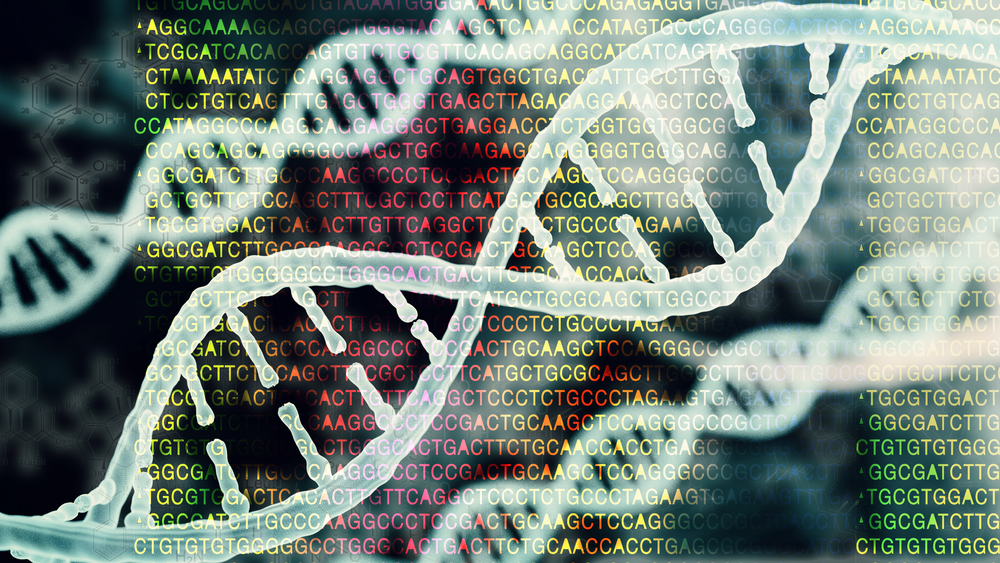Decreased Levels of Specific Enzyme Involved in SMA Development in Mouse Study
Written by |

Decreased levels of an enzyme lead to cellular dysfunction and neuronal degeneration involved in the development of spinal muscular atrophy (SMA), a new mouse study suggests.
The study, “Neuronal activity regulates DROSHA via autophagy in spinal muscular atrophy,” was published in Scientific Reports.
An enzyme called DROSHA regulates the production of microRNA (miRNA) — tiny bits of RNA molecules that regulate gene expression.
Dysfunctional production of miRNA has been reported in animal models of SMA as well as mouse and human cells lacking the SMN protein, but little is known about what causes this abnormality.
Autophagy is a process that works as a cellular cleansing mechanism: It helps maintain energy metabolism by degrading and eliminating cells that are damaged or no longer required in structures called lysosomes.
Dysregulated autophagy has been implicated in SMA, and blocking excessive autophagy in SMA mouse models can improve the motor function and survival of these mice.
Scientists at the University of Cologne in Germany found that the levels of DROSHA and of specific miRNAs are reduced in motor neurons of SMA mouse models, leading to muscle weakness.
Blocking either neuronal activity using riluzole, a medication used to treat ALS, or by autophagy restored DROSHA levels in the animals’ motor neurons. Importantly, decreasing DROSHA levels improved the growth of nerve fibers.
“As impaired [nerve fiber] growth is a well described phenotype of SMA motor neurons, these data suggest that DROSHA reduction by autophagy may mitigate the phenotype of SMA,” researchers wrote.
While certain levels of DROSHA seem beneficial, too little of this protein causes cellular dysfunction and neuronal degeneration, the authors noted.
”Taken together, understanding cell type specific gene expression is crucial to develop therapeutic tools for cell type specific disorders such as SMA,” they added.






